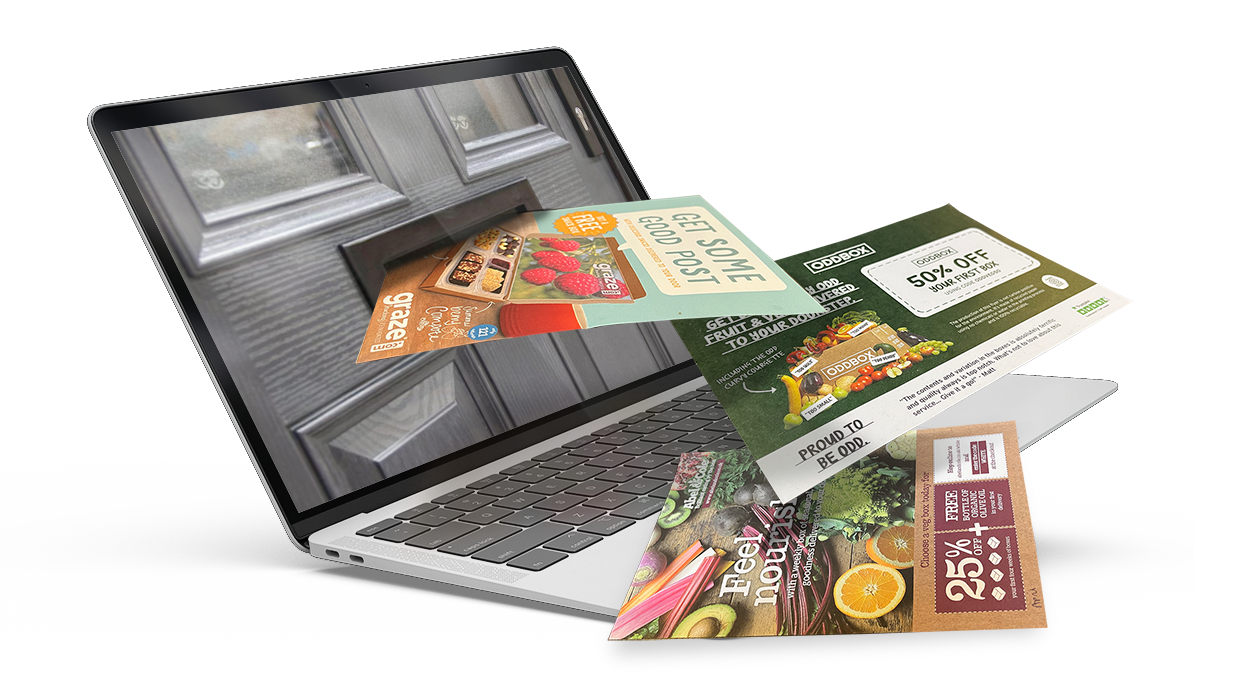WHY PRINT MEDIA IS THRIVING IN A DIGITAL WORLD

In a world where it feels like offline is moving online, I made the unconventional move from print to digital and then back to print again, and here’s why I still believe so strongly in print media as a marketing channel.
When I joined Mediaforce in 2012, advertising within local and regional newspapers was the core of what we did. My days consisted of liaising with our regional news publishers about their upcoming ads and whilst we used online booking systems, some bookings were still being handed to me on handwritten carbon paper slips, filed away in ring binder folders and communicated to the publishers over the phone or on an email. Typical industry planning and booking processes were certainly not as sophisticated or automated as they are today.
Although we were on the cusp of the world becoming super digital, it hadn’t completely taken over yet and consumers still relied heavily on printed publications to inform them of their local news, hence it being a powerful channel for marketers to reach their audiences at both a national and local level. Social media did exist to some extent, but again, wasn’t the platform it is today. There were very few local community Facebook pages and certainly no WhatsApp groups for your street! During my four-year stint on the print side, the world evolved very, very quickly. Suddenly everyone had a smartphone, with access to the internet, whenever and wherever they were. The way people consumed news and kept in touch with friends or family rapidly changed. At this point we all wondered, is print dead?
As someone who appreciated being able to flick through a magazine on my commute to work, I’ve always enjoyed interacting with print publications, so the premise of these moving online was sad but seemed a very likely prospect as I watched some of my favourite magazines stop publishing to shift to online only. In reality, the quality of the content didn’t particularly change, if anything it actually meant there was more of it, more regularly and it was now available on demand from my mobile, but I still missed the physicality and tactile nature of print.
So with the future of print media looking uncertain, in 2016 I packed up my desk and moved across the office to the digital team. After all, digital was the future, wasn’t it? I didn’t think there would be an opportunity to look back as everyone was predicting print media would soon be obsolete.
Whilst there had been a digital arm to the Media Concierge group of businesses for a few years now, it wasn’t until 2014 that 1XL was launched. People were now going online to consume content. Be it national news, local news, sport updates, current affairs – it was all now available digitally. Media plans were including digital formats more and more frequently, so the launch of 1XL was an enormous step forward for both publishers and advertisers. For local media publishers it gave them the opportunity to be part of a co-operative of local and regional news brands, made up of over 800 websites, 1XL were now able to go out to market with a huge pool of inventory all from local, trusted and premium news sites. The 1XL proposition enabled local news brands to compete with the big household news brands that had previously been dominating media plans due to their scale. It gave agencies and advertisers a simple route to hundreds of regional sites, mostly with a hyper local audience, without the need to raise hundreds of order numbers or liaise with hundreds of contacts across the breadths of the UK.
By the time I joined 1XL, we were already seeing an immense change in the way digital inventory was sold and bought as a result of the rise in programmatic media buying. Whilst direct buying still existed, and still does exist today, programmatic buying was being favoured thanks to its speed and automation. Media buyers could target the right audiences, in the right locations and at the right prices. From the publisher’s point of view, it meant maximising ad revenues and fill rates across their inventory. A win-win.
But print media, working harmoniously with its digital counterparts, is still a hugely successful and effective route to market

Fast forward to today, and we can all agree that print has firmly validated its place from both a consumer and advertiser perspective. In fact, print marketing is still going strong. Yes, we may have seen a decline in newspaper circulations and print advertising spend over the last 10 years, as advertisers now stretch budgets to include the less traditional marketing channels, not to mention a global pandemic that really shook things up at the start of the decade and the current financial crisis, impacting consumer habits and spends. But print media, working harmoniously with its digital counterparts, is still a hugely successful and effective route to market for brands and with so much of what we do in everyday life being on a screen these days, it’s refreshing to be able to encourage consumers to continue engaging with physical print media.
There’s no denying that the digital advertising landscape has also had its share of challenges over recent years, with the introduction of GDPR laws, ad blockers and Google phasing out the third party cookie. All of these online challenges can only strengthen the case for incorporating print marketing channels, as we see advertisers instead rely on first party data and contextual based targeting… tactics that print advertisers mastered many years ago! Some of the UK’s largest advertisers have even switched back to choosing the more traditional, attributable media channels where they can continue to reach their target audiences more easily and efficiently.
Last year I made the move back to the print side to join The Leaflet Company. The Leaflet Company does exactly what it says on the tin plus so much more. Launching 36 years ago the original USP was to deliver leaflets alongside free newspapers. According to a recent interview with our CEO Mark Young, at one point in the 90’s most households were getting at least 2 free newspapers a week. In many cases, these were newspapers that Mediaforce represented and therefore had relationships with already, so it really was the perfect opportunity to allow advertisers another intrusive route to the consumer, whilst they were in their home. It’s developed remarkably over the years and now over 90% of our Door Drops are distributed by Royal Mail or specialist local delivery teams rather than alongside free newspapers. With an expert team of planners and data specialists we are able to use geo-demographic data sets to profile an advertiser’s customer data to fully understand their target audience and then select the postal sectors that are most suitable for distribution. Often using online data to meticulously plan offline campaigns.
Studies show that consumers who receive print mail promoting online sites spend 13% more on products than those who just receive digital promotions. QR codes are a great example of a tool used today to bridge the gap between offline and online. Whilst QR codes have been in existence since the mid 90’s, albeit in a far less user friendly manner, it wasn’t until the Covid-19 Pandemic that these really took off and nowadays you’d find it hard to go a whole day without coming across one. They’re a powerful way to drive an offline audience to an online environment, with the added benefit of being measurable meaning engagement rates of offline media can be tracked in ways that have historically not been possible.
We are undeniably living in a digital world, but brands are still typically benefitting most from cross-channel campaigns incorporating both online and offline media. We’re increasingly seeing these overlaps between the two which continue to keep print media up-to-date and relevant. Print has the added benefit of being tactile and when so much of what we do in our daily lives is digital, offline media stands out further against its online counterpart. With research showing that people are 70% more likely to remember brands seen in print compared to online, we can safely say that print still serves as an extremely beneficial marketing tool for brands, proving that print is absolutely not dead.
If you would like to know more, please contact us today
T: 020 7583 2010


